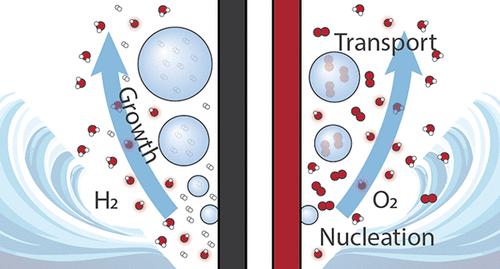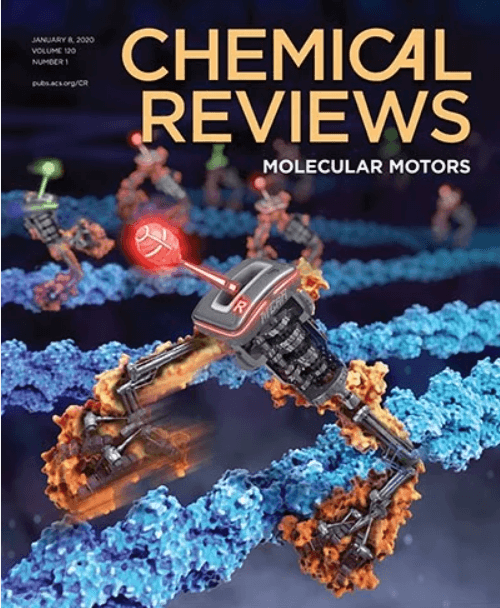水电解中的气体演变
IF 55.8
1区 化学
Q1 CHEMISTRY, MULTIDISCIPLINARY
引用次数: 0
摘要
水电解过程中氢进化反应和氧进化反应产生的气泡会影响制氢的能量转换效率。在此,我们对气泡与电极表面的相互作用以及气体进化对水电解实用设备的影响进行了调查。我们概述了气泡生命周期中发生的物理过程,总结了用于描述原位和实际设备环境中气体演化现象的技术,并讨论了如何定制电极以促进高电流密度下的气体去除。最后,我们回顾了为模拟单个气泡和气体演化电极产生的多相流的行为所做的努力。最后,我们简要总结了一些悬而未决的问题,这些问题可以通过今后对电化学装置环境中气体演化特性的研究或对多相流的改进模拟来解答。本文章由计算机程序翻译,如有差异,请以英文原文为准。

Gas Evolution in Water Electrolysis
Gas bubbles generated by the hydrogen evolution reaction and oxygen evolution reaction during water electrolysis influence the energy conversion efficiency of hydrogen production. Here, we survey what is known about the interaction of gas bubbles and electrode surfaces and the influence of gas evolution on practicable devices used for water electrolysis. We outline the physical processes occurring during the life cycle of a bubble, summarize techniques used to characterize gas evolution phenomena in situ and in practical device environments, and discuss ways that electrodes can be tailored to facilitate gas removal at high current densities. Lastly, we review efforts to model the behavior of individual gas bubbles and multiphase flows produced at gas-evolving electrodes. We conclude our review with a short summary of outstanding questions that could be answered by future efforts to characterize gas evolution in electrochemical device environments or by improved simulations of multiphase flows.
求助全文
通过发布文献求助,成功后即可免费获取论文全文。
去求助
来源期刊

Chemical Reviews
化学-化学综合
CiteScore
106.00
自引率
1.10%
发文量
278
审稿时长
4.3 months
期刊介绍:
Chemical Reviews is a highly regarded and highest-ranked journal covering the general topic of chemistry. Its mission is to provide comprehensive, authoritative, critical, and readable reviews of important recent research in organic, inorganic, physical, analytical, theoretical, and biological chemistry.
Since 1985, Chemical Reviews has also published periodic thematic issues that focus on a single theme or direction of emerging research.
 求助内容:
求助内容: 应助结果提醒方式:
应助结果提醒方式:


